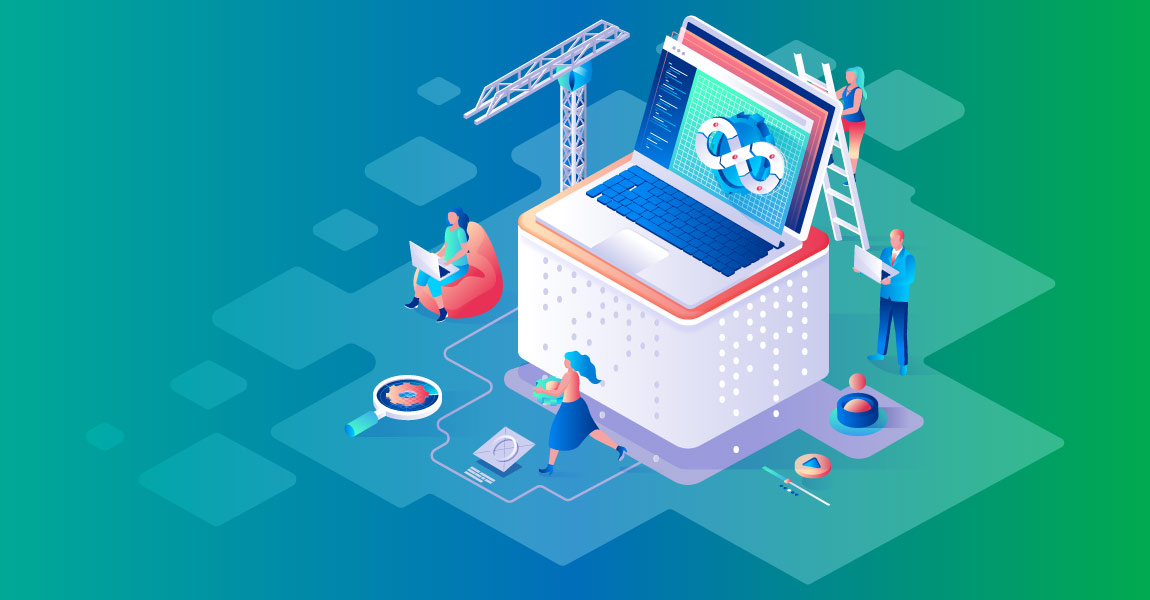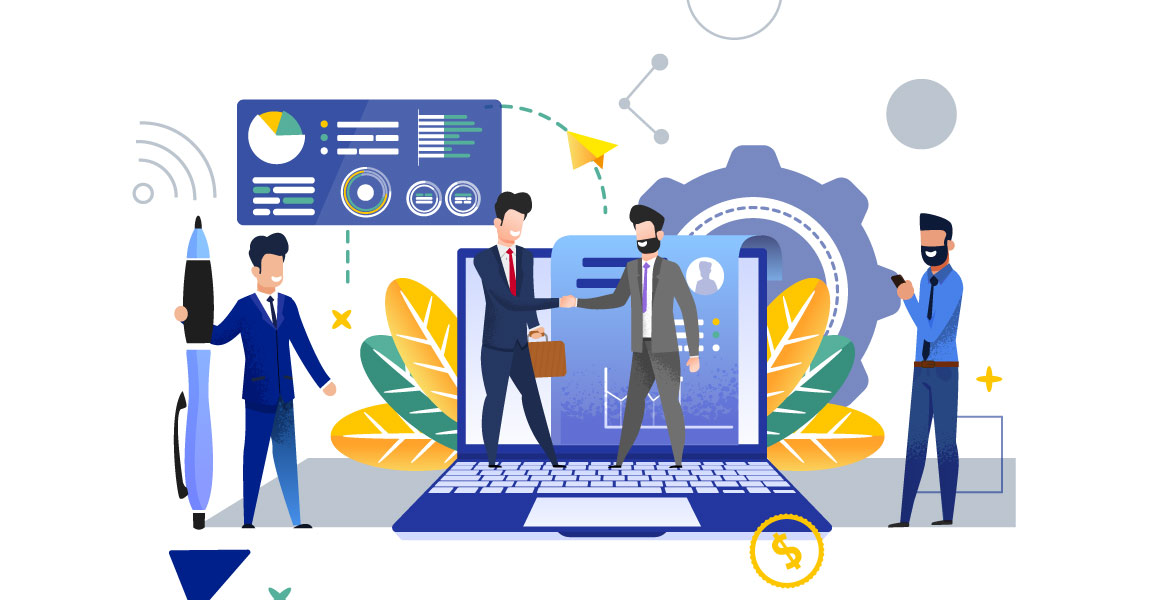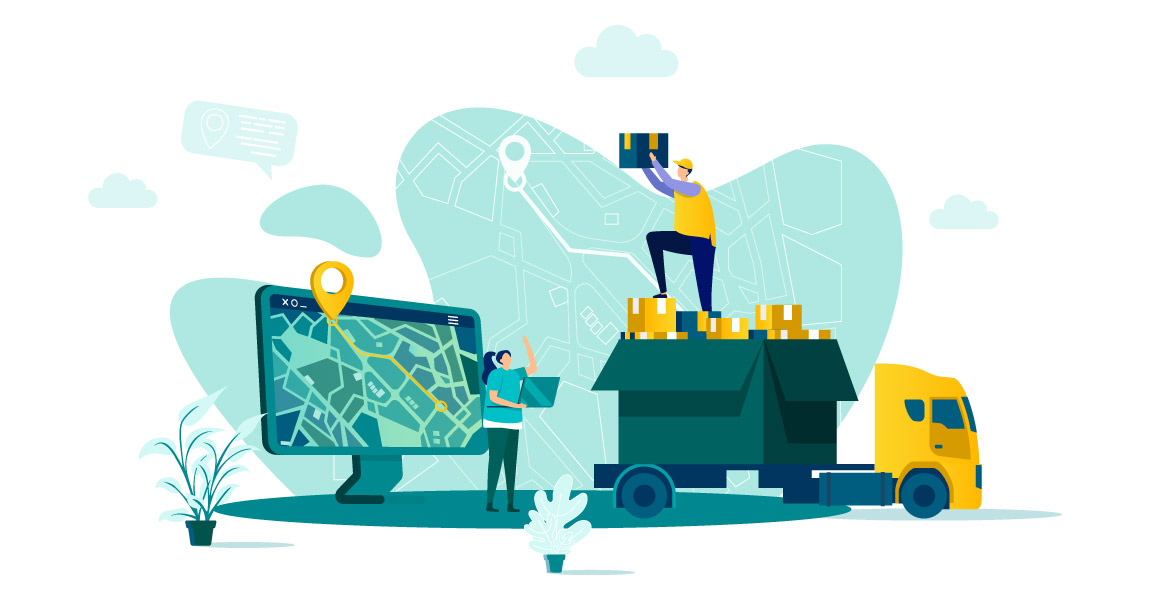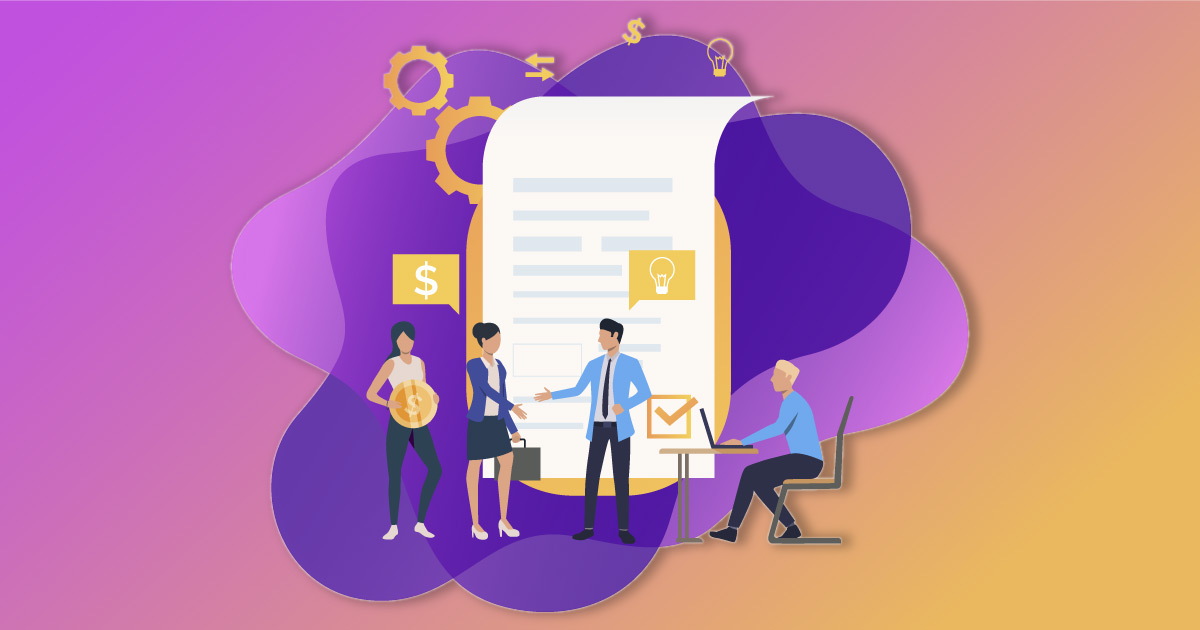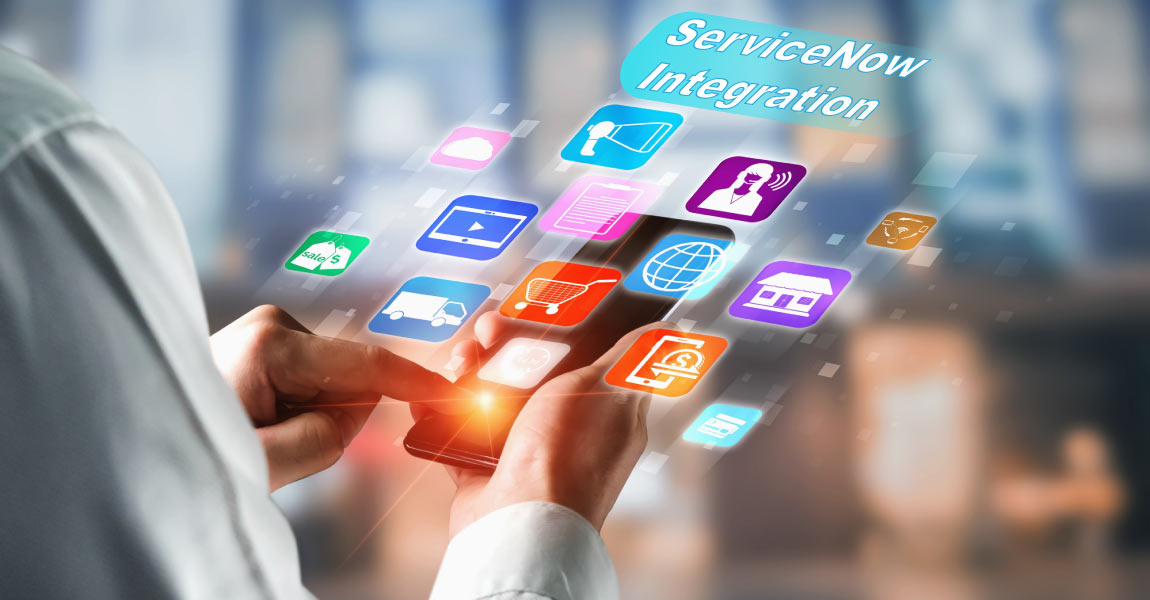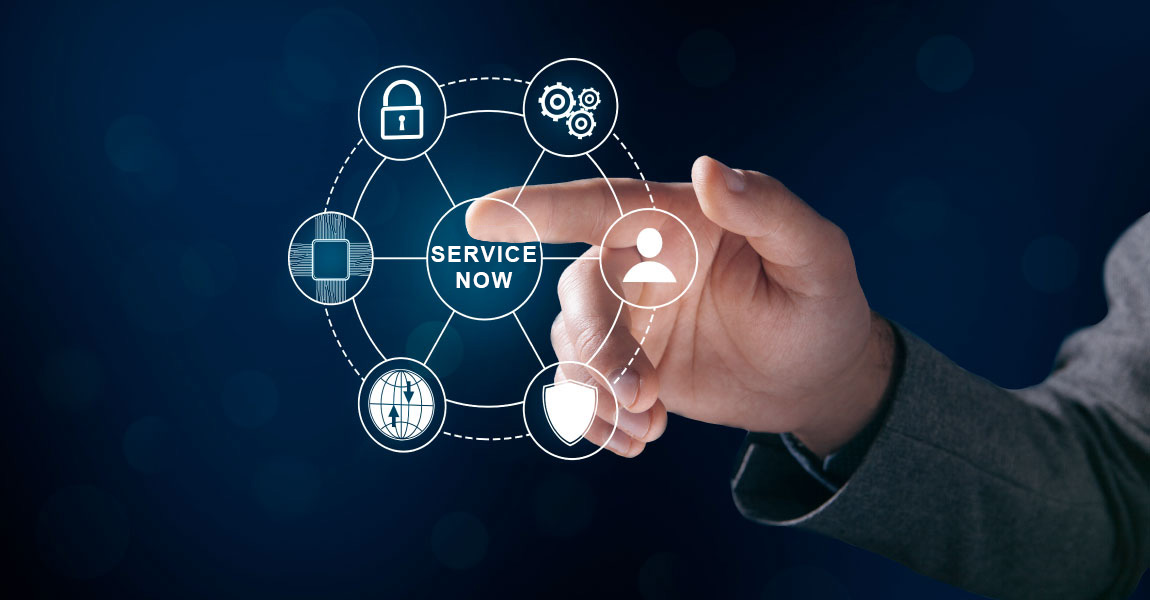Change management is a well-structured approach that enables leaders of an enterprise to guide the business through change with minimal disruption and consequences. The end objective of this process could be to change the organization, but what drives this exercise is the ability to successfully lead resources and functions in the journey. Businesses strive to adapt and change to increase profit margins and remain competitive.
Digital tools and an integrated application environment help manufacturers to enhance their productivity. Traditional strategies around manufacturing workflows involve an arduous amount of paperwork and human intervention at nearly every stage of the operation. Today, modern businesses are leveraging the power of Industry 4.0 to digitize their workflows.
The efficiency of the IT environment of an enterprise is a critical indicator of the quality of internal services provided within the organization. Internal services are used by employees where reliability and responsiveness influence better productivity and reduced stress.
Recognizing the significant impact that employee experiences have on various business outcomes, it is crucial to emphasize that an engaging Employee Experience (EX) aligns with a company’s strategic objectives, goals, and priorities. Employee needs and journeys often involve numerous systems and applications, and in today’s hybrid work culture, secure access and flexibility are paramount aspects of the employee experience.
In today’s dynamic market, organizations grapple with evolving demands, necessitating efficient management and utilization of offices and workspaces. Applications for workspace management play a pivotal role in optimizing office functions and fostering a productive and comfortable environment for employees. This ensures that teams have access to everything they need, cultivating a sense of ownership and enabling them to perform at their best.
Service level management is a guarantee of the successful delivery of services. It has been a practice for businesses to develop and maintain Service Level Agreements (SLAs) with their partners and customers for a long time. SLAs help manage customer expectations and ensure that delivery standards are met.
A typical SLA describes the parties involved, the nature of the service rendered, quality and performance metrics for the services, clauses on termination, and how service issues need to be addressed.
Enterprises need to focus on the integration of digital applications to improve business operations and deliver better customer experience. Integration of business applications enhances their speed, agility and make them more responsive to changing market environment.
High performance and efficiency help enterprises stay ahead of the curve. To improve efficiency and thrive in a digital world, enterprises need to focus on providing a memorable experience to customers. Customer experience is the key determining factor for business growth.
ServiceNow IT Service Management (ITSM) is a cloud-based, mobile-first solution that helps organizations manage and track digital workflows within a unified, intuitive platform. With all modules based on the IT Infrastructure Library, ServiceNow ITSM provides a better operating model for a business’s IT infrastructure.
IT service delivery is the process by which enterprise users receive access to IT services, applications, data storage, and other business resources. IT service delivery covers the design, development, deployment, operation, and retirement of such services.
U.S.A
Missouri, Headquarters
14567 N Outer Forty Road, Ste 475
Chesterfield, Saint Louis, MO 63017
Middle East
Dubai, UAE
Burlington Tower, 18th Floor, Ascendris Business Center Suite 16, Business Bay, Dubai, UAE 121907
India
Hyderabad
The Square, B- Block, 1st Floor 109,110,111/112, Serilingampally, Nanakramguda, Hyderabad, Telangana 500 032.
Bhubaneswar
7th Floor, NSIC-IMDC Building, Dharmapada Bhawan, IDCO Plot No-6, Block-D, Mancheswar Industrial Estate, Bhubaneswar-751 010

